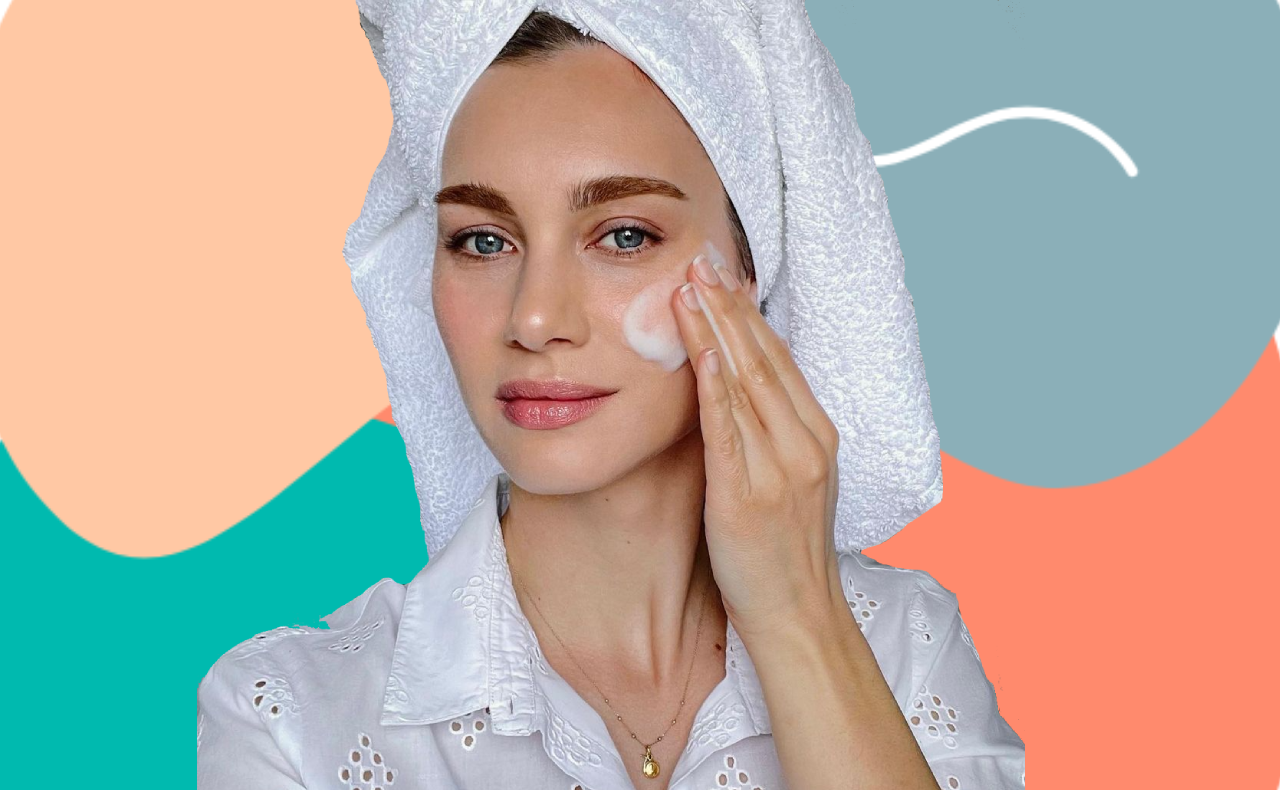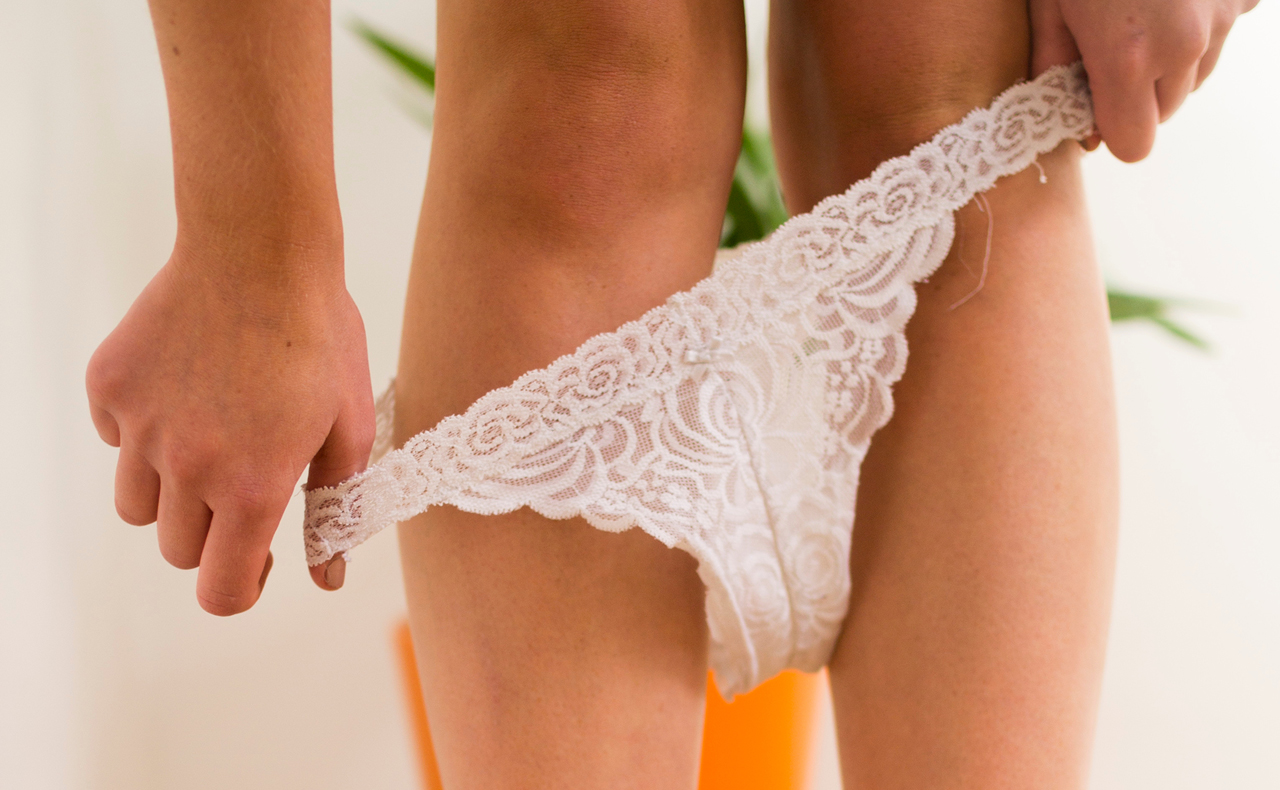So you’ve no doubt heard about AHAs and BHAs, mixed in with scary sounding terms like salicylic and lactic acids, but what are they really, and why is everyone talking about them? We spoke to Emma Hobson, Education Manager for the International Dermal Institute and Dermalogica to learn what they are, what they’re doing and how to best incorporate them into your skin care routine.
RELATED: How to make sure your skin care is absorbing properly
RELATED: Salicylic acid broken down
What are AHAs?
Firstly, AHAs stands for Alpha Hydroxy Acids, “[they] have been a hot topic in skin care for over a decade for their efficiency in exfoliating the skin without need for friction. [They] are naturally occurring acids found in many foods, including glycolic (found in sugar cane), lactic acid (found in milk) and citric acids (found in citrus fruits) among others,” says Hobson.
What do AHAs do?
Hobson explains, “When applied to the skin, AHAs stimulate the exfoliation of surface skin cells by interfering with the (ionic) bonding between these cells. They break down the bonds holding skin cells together. This causes the sloughing off dull, rough skin and promotes cellular renewal by increasing cell turnover rates, so you have younger, plumper skin cells.” AHAs have a few other crucial roles too, including keeping the skin’s barrier function in good condition, preventing further damage, as well as increasing hydration levels, which in turns smooths wrinkles, evens out skin tone and in some cases eases skin congestion.
Why are AHAs a more effective exfoliant?
AHAs are what are known as a ‘chemical exfoliant’, rather than a ‘physical exfoliant’ (such as granular scrubs). What makes them more effective than using a physical exfoliant is that they penetrate more deeply than just the surface of your skin, as well as require less potentially irritating friction on the skin. “AHA’s don’t require any sloughing or friction to be applied to the skin to remove the dead skin cell therefore they reduce the incidence of possible skin sensitisation,” says Hobson.
How do I incorporate AHAs into my skin care routine?
This is where the Dermalogica Professional-Grade At-Home Rapid Reveal Peel comes in. Utilising a combination of AHAs (lactic acid and plant enzymes) this once a week at-home treatment works to “reduce the appearance of fine lines and wrinkles by removing dulling surface debris…resurfacing the skin and accelerating cell turnover.” Hobson explains that this is due to the fact that the exfoliating acids “not only affect the upper layers of the skin but impact the lower dermal layers too, helping to keep skin looking and feeling youthful.” In fact, Hobson says “research has shown AHAs to increase collagen density and dermal thickness, whilst promoting increased Hyaluronic Acid levels.” The best part about the Dermalogica Professional-Grade At-Home Rapid Reveal Peel is that it comes in 10 individual tubes for easy and clean application, so you can now get your best skin ever without having to leave the house.
Are AHAs right for my skin type?
AHAs work for almost every skin type in the right doses. “Anyone wanting to treat oily skin with breakouts, pigmentation and uneven skin tone, dehydration, dry, rough textured skin or skin reflecting signs of ageing,” should look into using an AHA base formula, explains Hobson.
Main image credit @lilireinhart

Have you used AHAs before? What do you think of the Dermalogica Rapid Reveal Peel?





Could be a bit harsh on sensitive skin if used daily
Ive been keen to incorporate these into my routine as I’ve heard great things from dermatologist vloggers! I’m not sure if I would try that at home peel though. I’ve just ordered some exfoliating AHA wipes by Nip+Fab, excited to give them a whirl!
Sounds like they’re better for oily skin
Because they penetrate more deeply they may not be suitable for sensitive skin